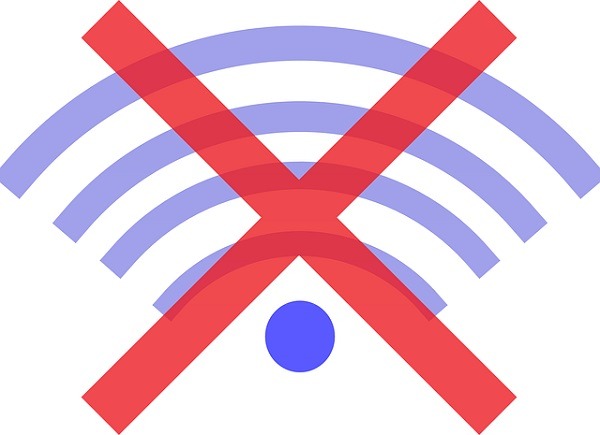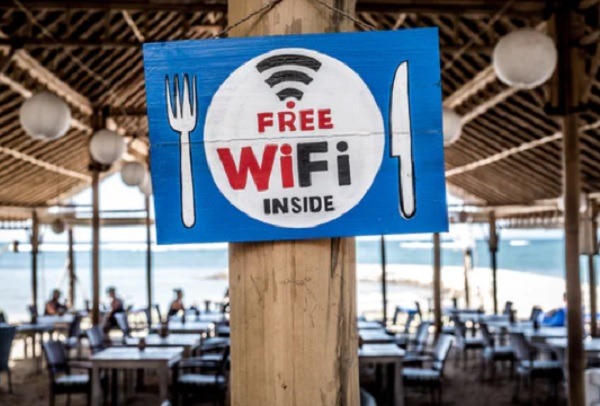Millions take high speed Internet for granted. After all, cord-cutting is growing in popularity, and it’s common to hear people say “just stream it” versus watching something live on TV. But for millions of others, they can’t stream. They can’t even work remotely at home. Finding Wi-Fi hotspots and cable alternatives is the only option, which isn’t always easy.
COVID Proved Internet Isn’t Available Equally
Among all the chaos the COVID-19 pandemic caused, it also shined a light on how poor America’s Internet infrastructure truly is. Parents had to drive kids to fast-food restaurants and sit in parking lots just for them to have Internet access to go to school remotely.

As employers switched to remote work, employees scrambled to find a way to connect and work from home. For some, they simply weren’t able to.
Rural areas are especially hard hit. Cable providers often stick to cities to provide businesses with access, completely forgetting about the employees who live outside the main city limits. Of course, providers often see rural areas as a poor investment, as it costs more to run the additional cable through all of Mother Nature’s obstacles.
Some employers and schools actually understand the issue. Finding Wi-Fi hotspots had been as easy as requesting a free mobile hotspot temporarily from your employer or school. But, there just aren’t enough to go around to everyone.
The other issue is cost. High speed cable costs around $60 on average. For limited budgets, it’s just too much, and alternatives can cost even more.
Alternatives to Cable Broadband
If you’re one of the many who doesn’t have access to cable, you might have already looked into alternatives. For most people, there are only two feasible options: satellite and mobile. While there is dial-up, many websites and online tools won’t work, especially video conferencing and streaming.

With satellite, as long as you have line of sight, you’re good to go. Speeds aren’t nearly as fast, but they are fast enough for low-quality video chats and streaming. They’ll also make working remotely at home easier. However, you have two major trade-offs. First, it costs more with some services costing over $100 per month. Secondly, you don’t get unlimited data. Some services give you unlimited data, but it slows down to near dial-up speeds after roughly 20 to 30 gigabytes each month.
The next option is mobile. If you buy an unlimited data plan from a mobile carrier, you could work remotely on your phone or tablet using a portable monitor to make it easier. You can also buy hotspot plans, with some carriers selling mobile hotspots that work independent of your phone. Usually, hotspot plans work similar to satellite Internet, restricting you to a set limit each month. You may or may not be charged if you go over, depending on the carrier. The good news is these plans are cheaper than satellite and cable.
Another issue with mobile is the signal may not be strong in your area. Plus, much like cable providers, mobile providers put rural customers last. Right now, 4G coverage is spotty in rural areas, and the odds of getting 5G in the near future are slim.
Finding Wi-Fi Hotspots
If cable and its alternatives aren’t available to you for whatever reason, finding Wi-Fi hotspots is your only option. Many businesses offer free Wi-Fi to customers. During the pandemic, some don’t even require you to be a customer, especially if you’re a student. Of course, you’ll likely want to find ways to work fewer hours if possible to limit your stay.

Some of the best places for finding Wi-Fi hotspots include:
- Libraries – All you need is a free library card.
- Downtown areas in your local city – Not guaranteed, but some offer free public Wi-Fi around parks and downtown shopping areas.
- Coffee shops – Many local coffee shops, and of course Starbucks, offer free Wi-Fi if you just buy coffee.
- Restaurants – Usually, you have to buy something to access the Wi-Fi.
- Retail stores – You’ll likely have to sit in the parking lot, but many retail stores offer free Wi-Fi to make it easier to track shoppers inside the store.
Of course, if you’re not sure if a business offers free Wi-Fi to customers or if you need to buy anything at all, call and ask first. You could also use Yelp. Just filter results by those offering free Wi-Fi.
If you live in America and can’t afford Internet or a mobile plan, you may qualify for government assistance. The Lifeline program can help you with low-cost plans, though cable needs to be available in your area.
You should also contact your mobile carrier if you need extra hotspot data but can’t afford it. If you’re working or going to school remotely, they may be able to offer you a discount plan.
